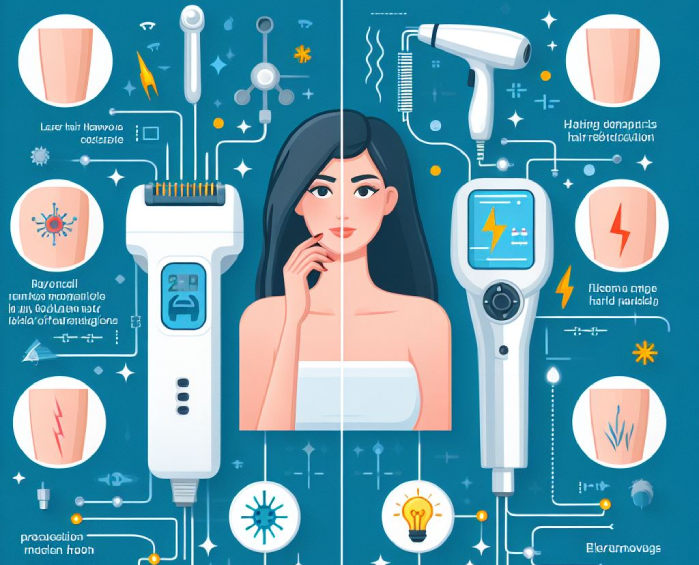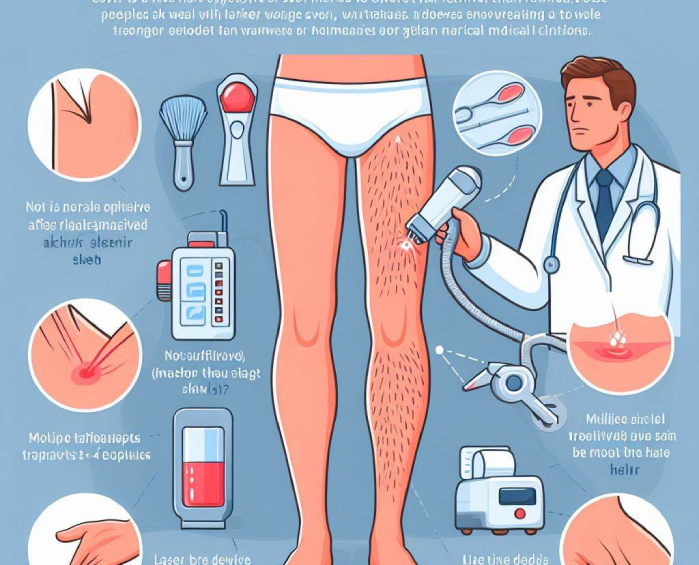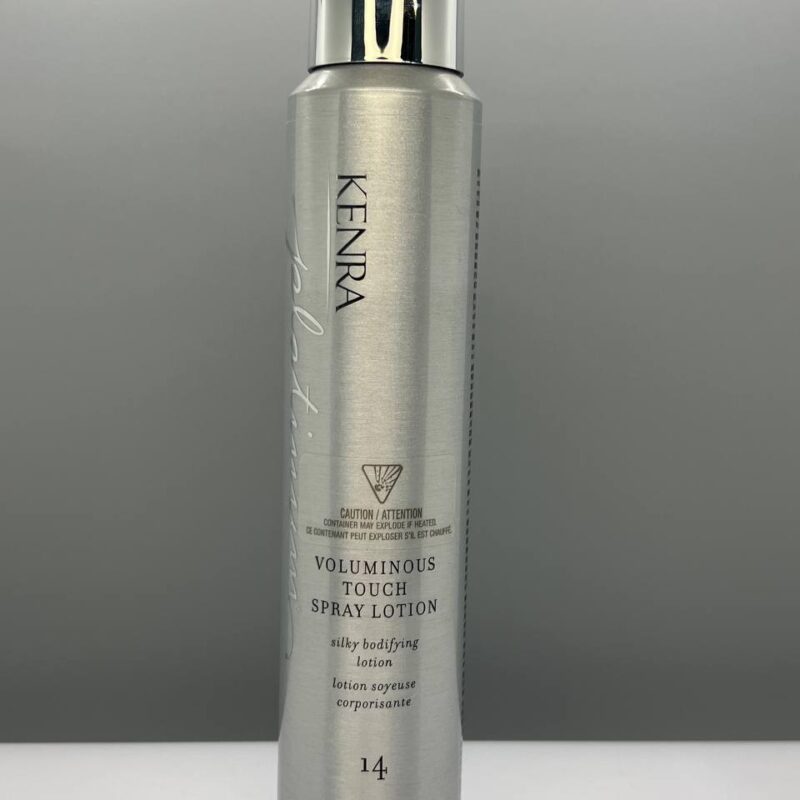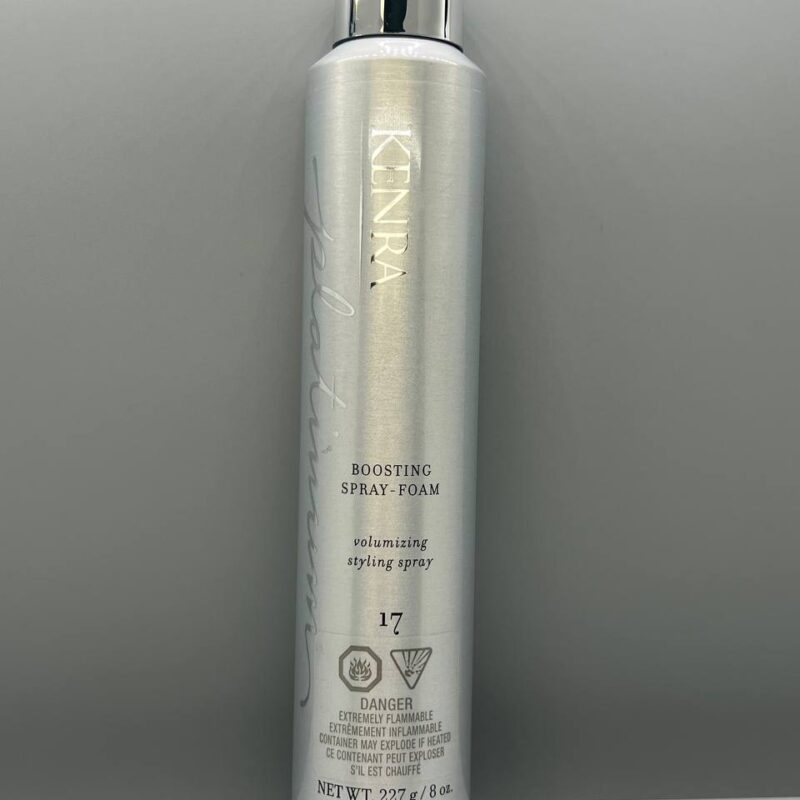Opening
Laser hair removal and electrolysis are two popular methods for achieving long-term hair reduction, each with advantages and considerations. Both procedures aim to provide a more permanent solution compared to traditional methods like shaving or waxing. Understanding the differences between laser hair removal and electrolysis can help individuals choose the best approach for their needs and preferences.
Types of massages and their benefits | Pick the right one
What is Electrolysis?
Electrolysis is a permanent hair removal method that uses an electric current to destroy hair follicles. A trained electrologist inserts a thin needle into each hair follicle and applies an electric current. This eliminates the hair root and prevents the hair from growing back.
Electrolysis is the only FDA-approved method for permanent hair removal. It is safe and effective and can be used on all body areas, including the face. However, it can be a time-consuming and expensive process.
electrolysis white hair removal
Here are some of the benefits of electrolysis hair removal:
- It is a permanent solution.
- It can be used on all areas of the body.
- It is safe for people with all skin types.
The Perfect 7-Step to Build Night Skincare Regimen
- There are no long-lasting side effects.

How does electrolysis work?
Electrolysis is a permanent hair removal method that uses an electric current to destroy hair follicles. There are two main types of electrolysis: galvanic electrolysis and thermolysis electrolysis.
- Galvanic electrolysisdestroys the hair root through a chemical reaction. The electrologist inserts a fine needle into the hair follicle and applies a weak electrical current. This current causes a chemical reaction that breaks down the hair root cells.
- Thermolysis electrolysisuses heat to destroy the hair root. The electrologist inserts a fine needle into the hair follicle and applies a brief pulse of electrical current. This current generates heat, which destroys the hair root cells.
- Blend electrolysisis a combination of galvanic and thermolysis electrolysis. The electrologist uses a combination of electrical currents to destroy the hair root cells.
- Whether the electrologist uses galvanic, thermolysis, or blend electrolysis, the goal is always to destroy the hair follicle, the part of the skin that produces the hair. Once the hair follicle is destroyed, the hair cannot grow back.
- Electrolysis is a safe and effective method for permanent hair removal. However, it is time-consuming and expensive. It typically takes multiple sessions to remove all of the hair from an area. You may also experience some redness, swelling, or discomfort after a treatment.

What is laser hair removal?
Laser hair removal is a minimally invasive procedure that uses a focused beam of light to destroy hair follicles. The light is absorbed by the pigment in the hair follicle, which causes the follicle to heat up and damage. Over time, this damage prevents the hair from growing back.
Laser hair removal is popular for people who want to remove unwanted hair from their faces, legs, arms, underarms, and bikini lines. It is a safe and effective treatment for most people but unsuitable for everyone.
Benefits of laser hair removal
- It is a permanent solution for unwanted hair growth.
- It can be used on all body areas, including the face.
- It is relatively painless.
- It has a quick recovery time.
Modern techniques in waxing and sugaring
Drawbacks of laser hair removal
- It can be expensive.
- It may not be suitable for everyone, such as people with dark skin or light hair.
- It requires multiple treatments to achieve optimal results.
How does laser hair removal work?
Laser hair removal is a cosmetic procedure that uses a high-intensity beam of light to destroy hair follicles. The melanin in the hair shaft absorbs the light, which causes the follicle to heat up and damage. Over time, this damage prevents the hair from growing back.

Benefits of laser hair removal
- Permanent solution: It can significantly reduce hair growth over time, and multiple treatments may lead to complete hair removal for some individuals.
- Practical for various hair and skin tones: While laser hair removal techniques may be less effective for people with very dark or light hair, they are generally suitable for a wide range of skin and hair colors.
- Minimally invasive: It is a non-surgical procedure that does not require anesthesia or stitches.
- Relatively quick and painless: Each treatment usually takes only minutes, and the sensation is often described as a warm sensation or slight prickling.
- Convenient: Treatments can be scheduled as needed, and there is no downtime or recovery period.
Drawbacks of laser hair removal
- Cost: It is a more expensive hair removal method than shaving, waxing, or tweezing.
- Not suitable for everyone: It may not be effective for people with darker skin or lighter hair or for those with certain medical conditions.
- Multiple treatments required: Most people need multiple treatments, usually spaced 4-8 weeks apart, to achieve optimal results.
- Potential side effects: Some people may experience mild side effects like redness, swelling, or discomfort after treatment. These side effects usually go away on their own within a few days. Rarely, there may be more severe side effects like scarring or burns.
If you are considering laser hair removal, it is essential to consult with a qualified dermatologist or laser hair removal specialist to discuss your individual needs and expectations. They can assess your skin and hair type, determine if laser hair removal is appropriate, and create a treatment plan tailored to your goals.

What are the key differences between laser hair removal and electrolysis?
Laser hair removal and electrolysis are popular methods for permanent hair removal, but they differ in their approach, effectiveness, and suitability for various individuals.
Technology and Mechanism of Action
Laser hair removal and electrolysis employ distinct technologies to achieve hair removal:
- Laser Hair Removal: A high-intensity beam of light is directed at the hair follicles, targeting the melanin pigment that provides hair its color. The absorbed light energy heats up and damages the hair follicle, disrupting its growth cycle and preventing further hair growth.
- Electrolysis: A fine needle is inserted into each hair follicle, directly delivering a weak electrical current to the root cells. This electrical stimulation destroys the root cells, effectively killing the follicle and preventing hair regrowth.

Effectiveness and Suitability
Both laser hair removal and electrolysis can effectively reduce or eliminate unwanted hair, but they differ in their suitability for various individuals and their ability to achieve permanent hair removal:
- Laser Hair Removal: Laser hair removal is generally more effective for individuals with light skin and dark hair, as melanin is more abundant in dark hair, allowing the light energy to be more effectively absorbed. For individuals with very dark or very fair skin, laser hair removal may be less effective or may not be suitable at all.
- Electrolysis is the only FDA-approved permanent removal method, regardless of skin or hair color. It treats all hair types, including fine, light, thick, and coarse.
Pain Tolerance and Treatment Duration
Laser hair removal is less painful than electrolysis and is often described as a warm prickling or snapping sensation. However, the pain threshold may vary among individuals, and some may experience more discomfort, especially in areas with thicker or coarser hair. Topical numbing agents can be used to reduce pain during electrolysis sessions.
Treatment duration also differs between the two methods:
- Laser Hair Removal: Each session typically takes only minutes, making it a time-efficient option. However, multiple treatments, spaced 4-8 weeks apart, are required for optimal results.
- Electrolysis: Electrolysis sessions can be more time-consuming, ranging from 10-30 minutes per area, depending on the hair density. Additionally, sessions are more frequent, typically scheduled weekly or bi-weekly, as each treatment targets a specific hair follicle.
Cost and Overall Considerations
Laser hair removal is generally more expensive than electrolysis, with the total cost depending on the area treated and the number of sessions required. However, it may offer a more cost-effective solution if only moderate hair reduction is desired. Electrolysis is a more expensive option overall, but it provides permanent hair removal.
Ways to remove unwanted hair | Why electrolysis is the best way
Choosing the Right Method
The choice between laser hair removal and electrolysis depends on individual preferences, pain tolerance, desired results, and skin and hair type:
- Preference for Minimal Pain: If pain is a concern, laser hair removal may be a better option, as it is generally less painful.
- Time Constraints: If time is a factor, laser hair removal is a faster option, with each session taking only minutes.
- Long-Term Hair Removal Goals: If permanent hair removal is the ultimate goal, electrolysis is preferred.
- Skin and Hair Color Compatibility: Laser hair removal may be more suitable if you have light skin and dark hair. If your skin or hair color varies, electrolysis is a better choice.
How to avoid skin dryness | 14 easy way to help your skin
Consulting a qualified dermatologist or hair removal specialist is crucial to determining the most appropriate method for your needs, assessing your skin and hair type, and developing a personalized treatment plan.
Cons and Pros of electrolysis and laser hair removal
Both laser hair removal and electrolysis are effective methods for removing unwanted hair. However, they have different advantages and disadvantages.
Laser Hair Removal
Pros:
- Relatively painless
- Quick treatment times
- Minimally invasive
- Efficient for various skin tones
- Can achieve permanent or long-lasting results
Cons:
- More expensive than electrolysis
- It may not be effective for everyone
- Requires multiple treatments
- It can cause side effects such as redness, swelling, and discomfort
Electrolysis
Pros:
- Permanent hair removal
- Practical for various hair and skin types
- More control over treatment
- No need for multiple treatments
Cons:
- More painful than laser hair removal
- Treatments take longer and are more frequent
- More expensive than laser hair removal

Which is better for you?
Your best hair removal method will depend on your needs and preferences. Here is a table summarizing the pros and cons of electrolysis and laser hair removal to help you make an informed decision:
If you are looking for permanent hair removal and are not concerned about pain or cost, then electrolysis may be a good option. If you are looking for a quicker and less painful treatment and are not worried about achieving permanent hair removal, then laser hair removal may be a better option.
Deduction
In conclusion, choosing between laser hair removal and electrolysis depends on individual preferences, skin type, and desired results. Laser hair removal offers a quicker and less painful option for more extensive treatment areas, while electrolysis is known for its precision and effectiveness on all hair colors and types. Both methods have proven to be effective in achieving long-term hair reduction. Consulting with a qualified practitioner can help individuals make an informed decision based on their unique considerations and goals.
Know more about Studio Yasi services
FAQs
Do you want laser hair removal? please call
 4168974735
4168974735
Laser hair removal is a cosmetic procedure that uses a high-intensity beam of light to destroy hair follicles. The light energy is absorbed by the melanin in the hair shaft, which causes the follicle to heat up and damage. Over time, this damage prevents the hair from growing back.
Laser hair removal is a good option for people who want to remove unwanted hair from their face, legs, arms, underarms, and bikini lines. It is also a good option for people with light skin and dark hair.
During a laser hair removal treatment, a technician will apply a cool gel to your skin to protect it from the laser’s heat. They will then use the laser to target the hair follicles in the area that you want to treat. You may feel a slight stinging sensation during the treatment.
The number of laser hair removal treatments needed will depend on the individual. Most people need multiple treatments, spaced 4-8 weeks apart, to achieve optimal results.
The most common side effects of laser hair removal are redness, swelling, and discomfort. These side effects are usually mild and go away on their own within a few days. In rare cases, more severe side effects may occur, such as scarring or burns.
The cost of laser hair removal varies depending on the area of the body being treated and the number of treatments required.
Electrolysis is a permanent hair removal method that uses an electric current to destroy hair follicles. A fine needle is inserted into the hair follicle, and a small electrical current is applied, disrupting the growth cycle and preventing new hair from forming.
Electrolysis is a good option for people who want permanent hair removal, regardless of their skin or hair type. It is also a good option for people who have unwanted hair in areas that are not good candidates for laser hair removal, such as the upper lip, chin, and eyebrows.
What is eyebrow threading | best eyebrow threading in Bradford
During an electrolysis treatment, an electrologist inserts a fine needle into each hair follicle and applies a small electrical current. The current destroys the hair root and prevents the hair from growing back.
Electrolysis is a more time-consuming procedure than laser hair removal. Each treatment typically takes 10-30 minutes, and multiple treatments are required, spaced 1-2 weeks apart.
The most common side effects of electrolysis are redness, swelling, and discomfort. These side effects are usually mild and go away within a few hours. In rare cases, more severe side effects may occur, such as scarring or infection.
The cost of electrolysis varies depending on the area of the body being treated and the number of treatments required.















